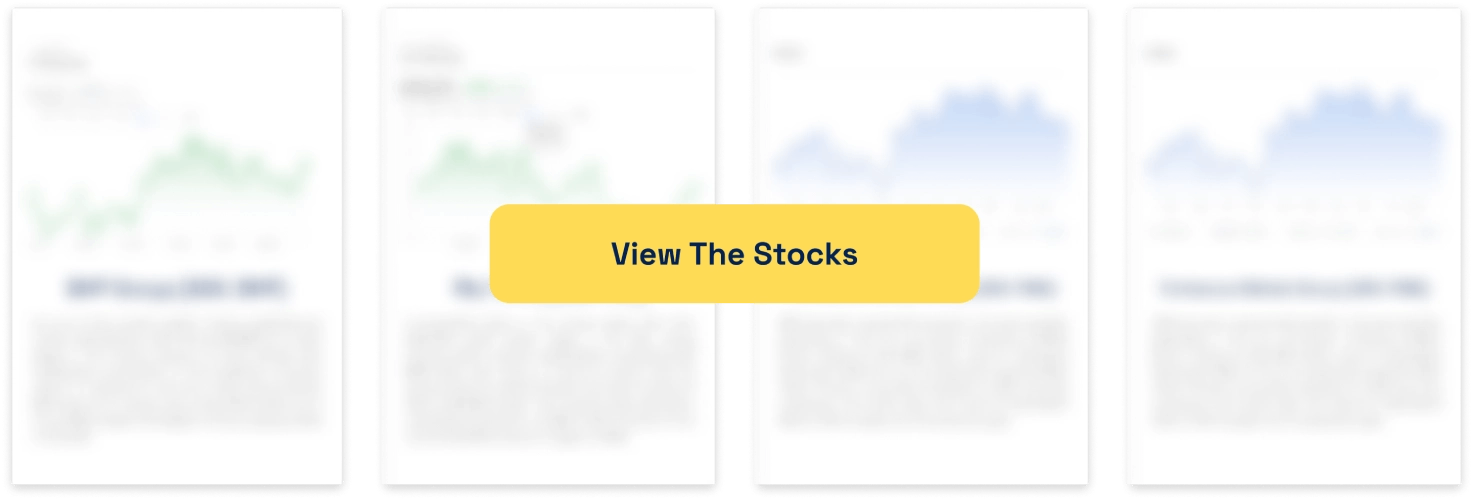The ASX CHESS Replacement: Will the excruciating wait finally be over by the end of the 2020s?
![]() Nick Sundich, April 29, 2025
Nick Sundich, April 29, 2025
The long-promised ASX CHESS replacement has been a saga that likely has more twists and turns to come. Despite prior hopes we could’ve had it in April 2023, it may not be until the end of this decade.
So, why have things gone so wrong, will we ever see it and where are things at as of mid-2025?
What is the CHESS system?
The ASX’s CHESS (Clearing House Electronic Subregister System) is a system that has been used in Australia since the mid-1990s. It is used for the settlement of trades and the management of shareholdings. It was first introduced in 1994.
CHESS was developed by the ASX to provide a secure, efficient and transparent marketplace for investors. The system was originally designed to streamline post-trade activities such as the settlement of trades, clearing and registration of transactions, and transfer of ownership.
It has been successful in its purpose, but over time has become outdated and limited in its capabilities. As a result, the bourse has sought to replace the CHESS system for over a decade now, but there has been little to show for those efforts.
The ASX CHESS Replacement: Where is it at?
To say things are off the rails would be an understatement. The ASX formally dumped the first attempt in November 2022, writing off $250m. After long touting a blockchain-based replacement system, it may not be blockchain based and may facilitate the shift over time as opposed to all at once.
Politicians and regulators (including the RBA and ASIC) have heavily scrutinised the exchange, with the latter investigating whether or not ASX management has breached legal obligations throughout the process.
But at its recent investor forum, the company told investors it had made some progress. Back in November 2023, the ASX formally kicked off Attempt 2, led by TATA Consultancy Services. The aim was for the new clearing system in 2026 and a new settlement system in 2028 or 2029. This would be 13-14 years from when the bourse began looking into the system under the tenure of Elmer Funke Kupper.
Little progress is being made, so it seems
Theoretically, 2024 was meant to be the year it was meant to get underway. It didn’t get off to a good start with dour 1H24 results with an 8% lower profit and 27% higher expenses, meaning a cut in its dividend. The ASX told investors later in 2024 its capex for 2025-2027 would be $160-180m every year. The overall cost will be $445m, ironically nearly $200m more than the write down of the original software.
Whatever progress made was outshone by heavy scruitany by investors, politicians and regulators, not just over demands for progress with the new system, but other demands too such as for 1-day settlements rather than 2-day settlements as happens now. This is planned to happen once this project is done in 2030, but some want it earlier.
The lowest moment of the year came in August when ASIC sued the bourse for allegedly making misleading statements when it claimed that CHESS was on track even when there was no basis for saying so. The ASX is defending itself, claiming it was relying on information from its vendors, but if unsuccessful, it could face a hefty penalty (in the tens of millions, perhaps hundreds).
The year capped off with the existing technology failing on the Friday prior to Christmas (otherwise it would’ve been a much bigger deal) that led for some trades being delayed and almost led to the need to delay or cancel trading on the following day. This was fixed in time for trading the following Monday, but the ASX gave a $1m goodwill payment to stockbrokers relying on CHESS.
2025 has arguably been better in that there have been no outages and fewer public condemnations. The existing system survived the spike in volatility and trading volumes sparked by Trump’s tariffs. But testing was meant to start in February 2025 and it is unclear whether this has happened. If it is any sign at all, it has even delayed an upgrade to have all stocks opening at once (rather than gradually over 10 minutes) by 6 weeks until after June 30.
Pencil in June 12 when the ASX is holding an investor day and Helen Lofthouse will outline where to from here (at least in FY26).
Why is it taking so long?
Let’s play devil’s advocate for a minute. Yes, mistakes may have been made, but it was never going to be a quick process.
The main issue with replacing CHESS is that it is an integral part of the Australian market infrastructure, meaning that any changes must be carefully planned so as not to disrupt trading. There has been (and will continually need to be) extensive consultation with all stakeholders including brokers, custodians, registries and issuers before implementation can take place.
Tech and regulators
In addition to this complex process, there are also technical challenges related to building a new system from scratch, which must be overcome before any replacement can be put in place. In particular, any replacement would have to meet certain legal requirements, including privacy protections for shareholders and compliance with anti-money laundering laws.
And even though regulators have criticised the ASX, they cannot be blameless in this saga either. A Parliamentary inquiry in April 2024 found that ASIC, the RBA and the Treasury should have identified and monitored the risks more carefully and that all stakeholders in this saga (including the aforementioned regulators as well as the ASX) should enhance their own skills and expertise rather than outsourcing their responsibility to contractors.
The committee called for increased supervision and enforcement over the ASX, nothing has come of that recommendation as of yet. And it is unclear whether or not any other management would do any better and if so what they’d do? Can the current project with Tata and start over? Just retain the existing system? The first may be an option, but that’ll be another hefty write down, but certainly not the second.
What does all this mean for investors?
Investors in ASX shares likely won’t notice an impact to their trades…unless of course they are investors in the ASX itself. In the latter case, they may well be set to suffer for some time yet.
If and when it is live, the new system should be better. But the fact remains that it should have gotten off the ground well before now, given the time and money that has been put in it to date. And we can only keep our fingers crossed that the time frames in place as of now will be adhered to.
What are the Best ASX Stocks to invest in right now?
Check our buy/sell tips
Blog Categories
Get Our Top 5 ASX Stocks for FY26
Recent Posts
Archer Materials Cracks Quantum Readout Challenge as Stock Surges 12%
Archer Materials Just Solved One of Quantum Computing’s Hardest Problems Archer Materials (ASX: AXE) jumped 12% today after unveiling two…
NVIDIA’s Blackwell Chips Ignite Record Demand in Q3
NVIDIA’s Blackwell Surge Tech investors and growth-focused funds will be breathing a sigh of relief after NVIDIA (NASDAQ: NVDA) delivered…
REA Group (ASX:REA): Here’s why it succeeded over Domain Group at home, but hasn’t done that well abroad
REA Group (ASX:REA) is best known in Australia as the owner of realestate.com.au. For so long, the company (which is…



